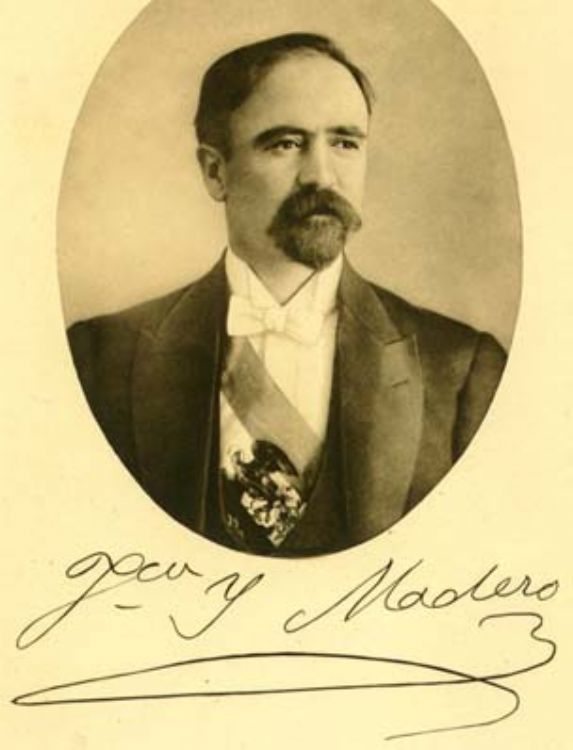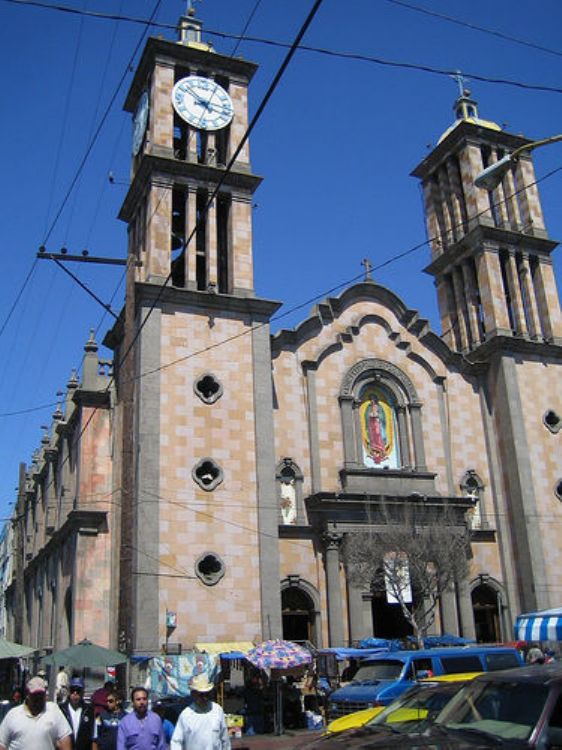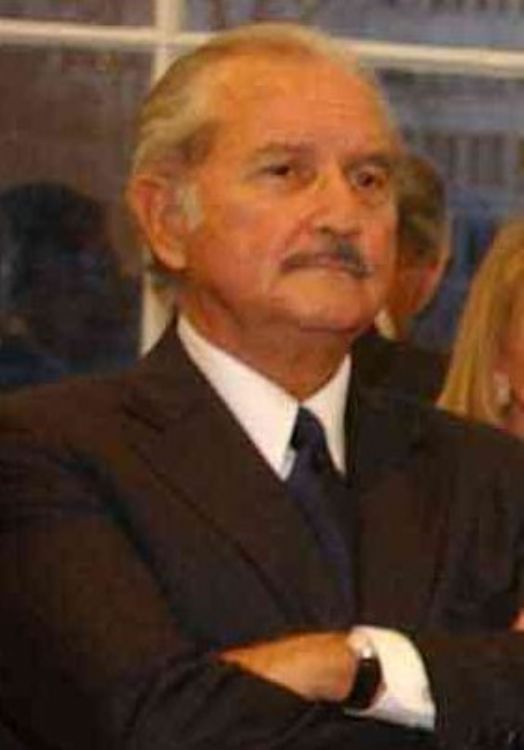
The Mexican Revolution has been one of the political-soci...

The Spanish explorers that landed on Mexican soil in search of gold and fortune, named the new world with catholic and fantastic names that were part of their culture. The name of the northwest peninsula of what today is the Mexican Republic, California, comes from the name of an island close to paradise described in the book ÃâLas Sergas de EsplandianÃâ written by Garci Ordoñez de Montalvo.
The state of Baja California is located in the northern part of the California Peninsula. It borders to the south with Baja California Sur. This border was only defined in the beginnings of the 1800Ãâs, so both states share the history of the Californian territory. Indigenous tribes lived in the peninsula in 10,000 B.C. approximately. They fished, hunted and collected fruits. In the XVI century the Spaniards discovered that natives were organized in small settlements, with groups up to 250 members of the same family. Culturally, because of their dialect and linguistic group, it is possible to recognize four native tribes that lived in the peninsula: the pericus, guaycura, cochimi and yumana.
The conquest of these lands was a long process. Many expeditions took place. Epidemics, natural disasters, lack of resources and unknown natural conditions were some of the challenges that the conquerors had to face. Jesuit priests were the first missionaries to establish themselves in these lands. The evangelization of the tribes was meant to take place inside the walls of the missions built by them. To achieve this they established their missions close to water resources where they could put in practice Spanish economic activities such as shepherding and agriculture as well as importing European goods.
The first successful missions were Santa Rosalia Mulege, San Juan Malibat, and San Jose de Comondu in the early XVIII century. Later on, Franciscan and Dominic priests established communities as well.
In 1804 the Spanish government divides the peninsula in two areas marking the border at a creek called Arroyo del Rosario. This political division gives them the names of Baja California and Alta California.
The war of Independence doesnÃât reach the California peninsula at the same time as other parts of Mexico due to its location and the large distance from the central government. It is not until 1822, one year after independence, that this territory is freed from the control of Spain. In the war against the United States in the mid XIX century, Alta California is part of the territory that Mexico looses to its northern neighbor.
In 1850 Baja California is politically divided in North and South. A hundred years later, Mexican president Miguel Aleman gives it the status of a Ãâfree and sovereign stateÃâ of the federation.
On the 16th of August of 1953, Baja California North proclaims its constitution. That same year , first elections are held , electing Braulio Maldonado, from the PRI party, as the winner. As a result of the elections the state chooses the first Mexican woman as a Congress state representative.

The Mexican Revolution has been one of the political-soci...

The cessation of analog TV broadcasts is a reality in Mex...

The best cities to live in Mexico vary according to the p...

The Mexican Revolution has been one of the political-soci...

Two products originate from oil exploitation, crude oil e...

The son of diplomatic parents, Carlos Fuentes was born in...